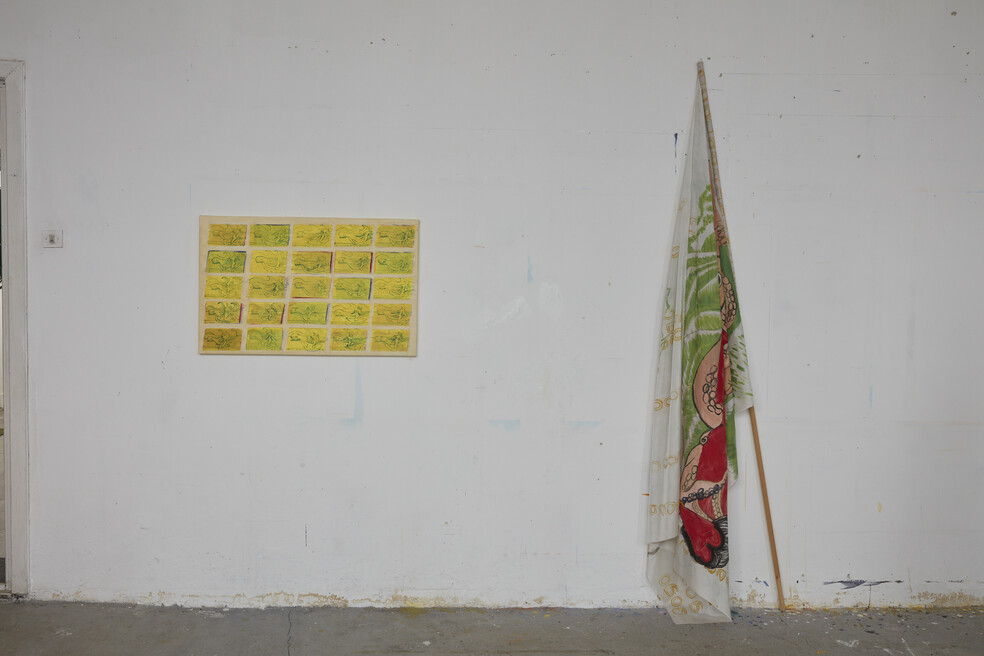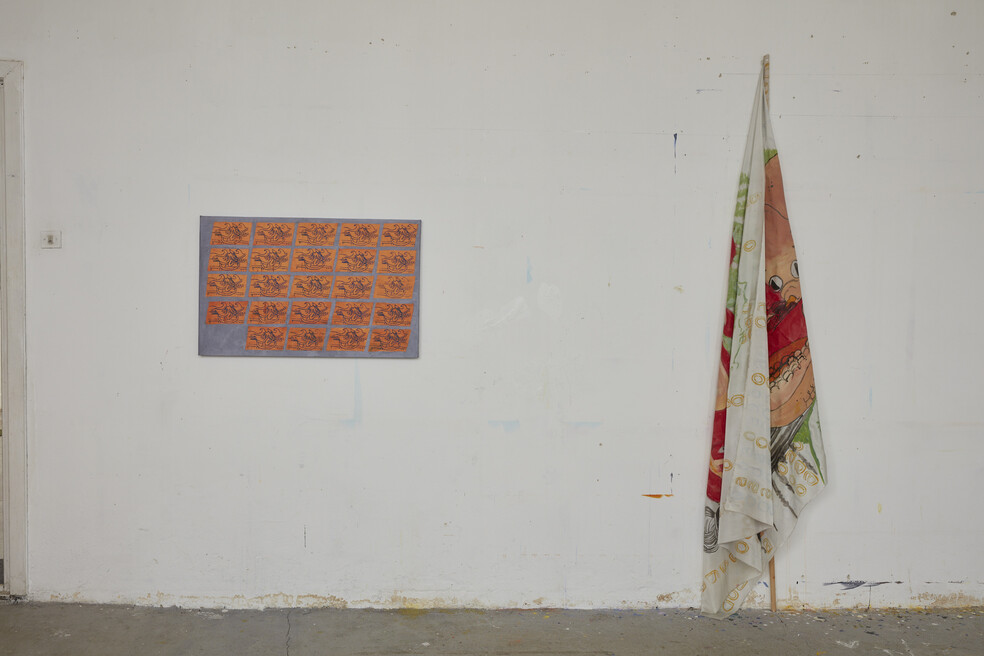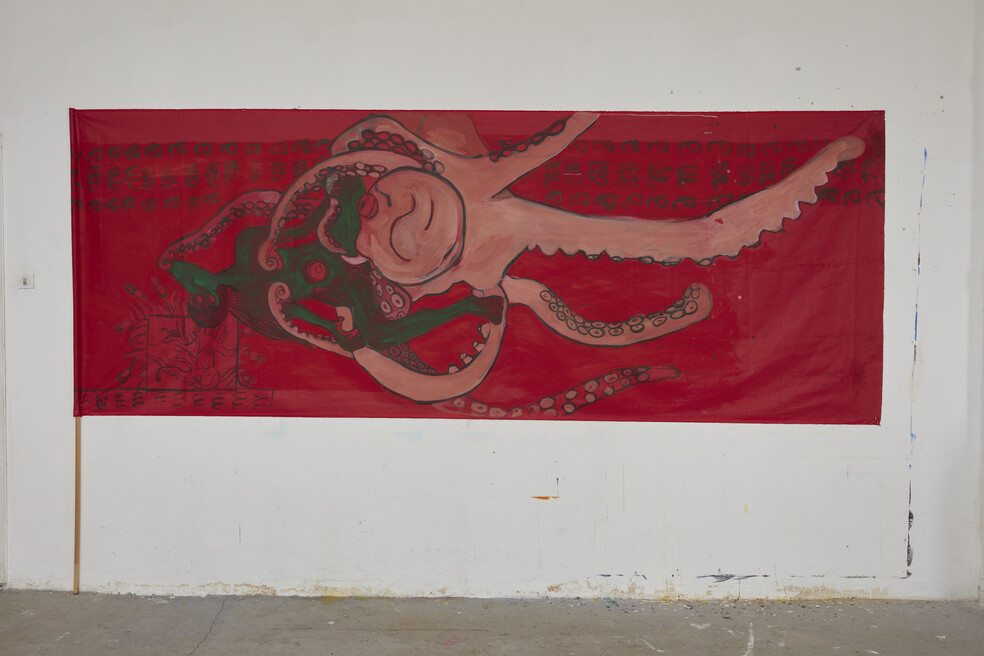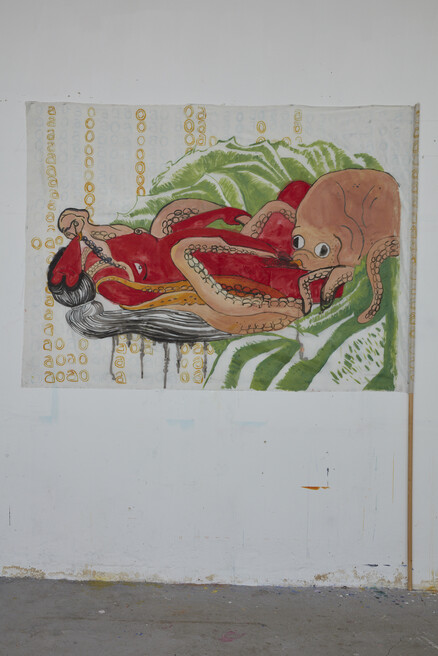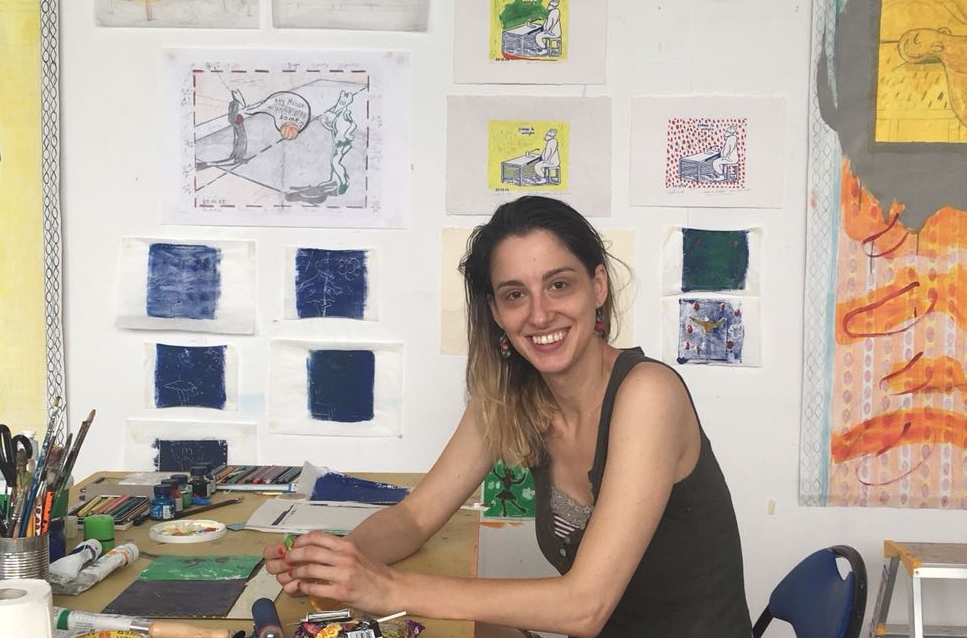Delia Popa
Bereich: Bildende Kunst
Key Facts
Nationalität
RumänienBereich
Bildende KunstWohnort
BukarestEmpfehlende Institution
tranzit.org/ERSTE StiftungZeitraum
Dezember 2018 - Dezember 2018Delia Popa is an artist, activist and art educator, currently living and working in Bucharest, Romania.
Her work as an artist makes use of feminist theory and practice, in order to portray instances of what is feels like and what it means to be female in today's global culture.
In the last few years, her work has taken the shape of drawings and painted fabrics installations drawn from her childhood anthropomorphic animal characters that aesthetically move between Art Spiegelman's Maus's emotionality, and the imagery of Japanese traditional printmaking.
Her work as an activist has led her to collaborate with animal welfare organizations and to co-found ArtCrowd-Artists in education, a cultural organization that promotes art education for life skills in children and youths.
In the last years of my practice I have been interested in researching and exploring feminist approaches to art making, as well as looking for a personal way of realizing these projects. In 2011 I have gone back to my childhood way of drawing and representing experiences via anthropomorphic characters, a way that I believe offers me a more direct and sensual means of artmaking. In 2016 I have started to make erotic or pornographic cartoonlike imagery, inspired by the Shunga genre of 19th century Japanese prints, as a way of rendering a type of what I perceive as “affirmative feminism”, a feminism that creates myths, imagery and freedom for women and other oppressed groups. I am also concerned with the accessibility of contemporary art and of education in a broad sense. In 2013 I have co-founded an arts education organization that is active in museums and schools in Romania, and that proposes methodologies for pedagogy that respect the pupils’ individuality and power of choice at all levels. For the residency in Vienna I am interested in exploring a term I have thought of lately, with a working title of “Patterned Feminism”. I have started to research textile patterns from all over the world and I have begun to introduce them into my drawings and paintings. I am interested in the merging of social commentary and the ornament or the decorative, a field that historically has been developed for the most part by women, and that has begun to be re-appropriated by contemporary feminist artists. I am interested in contemporary female artists who make use of patterns and repetition, such as Agnes Martin, Yayoi Kusama, Joana Vasconcelo, Beatriz Milhazes, Candida Alvarez and the Future Force Geo Speculators collective, among others. I will then look at ways to appropriate their use of pattern and design to introduce them in my own DIY mythic imageries, and to find ways to place them in public space or site-specific installations that have, at least potentially, a wide audience.
In the month I was artist in residence I worked on the project I intended to work on when I applied to tranzit.org/Erste Stiftung Residency call for entries. I was interested in exploring a term I had thought of lately, with a working title of “Patterned Feminism”. I have started to research textile patterns from all over the world and I have begun to introduce them into my drawings and paintings. I am interested in the merging of social commentary and the ornament or the decorative, a field that historically has been developed for the most part by women, and that has begun to be re-appropriated by contemporary feminist artists. To that purpose I have made many visits to the Museum of Applied Art/MAK, viewing their permanent collection of objects and textiles from all over the world, and their temporary exhibitions “Beauty” by Sagmeister & Walsh, and “Koloman Moser, Universal Artist between Gustav Klimt and Josef Hoffmann”. The latter proved especially important to my research into pattern steaming from natural form of which Moser was a master. The MAK library was also essential to discovering more artists who use pattern, such as Thomas Bayrle. Similarly, the Weltmusem showed exhibitions of American artist Rajkahmal Cahlon and various international positions on the theme of covered head in “Veiled, Unveiled!The Headscarf”, which inspired me to draw from textiles ranging from Turkey to Syria, Tunisia to Guatemala, among many others. I have introduced these new ways of pattern making into my y own “DIY -mythic” imagery, and now, after the end of the residency I am continuing to work on them and find ways to place them in public space or site-specific installations that have, at least potentially, a wide audience.
My stay in Vienna has also been very useful in connecting with local curators, receiving studio visits and interacting with other artists in residence from various disciplines and countries. I feel my time here was well spent and I am very grateful for the opportunity offered to developing my practice.
